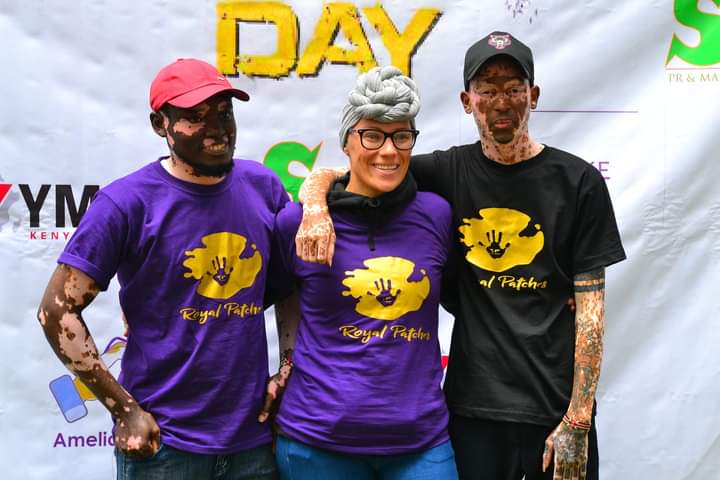World Vitiligo Day is observed on June 25th across the world to recognise and create awareness on people living with the condition. The date was chosen by the renowned musical artist Michael Jackson who also suffered from the condition and highlights struggles faced by vitiligo patients worldwide, with this year’s theme being Vitiligo: Looking into the future.
Vitiligo is a chronic autoimmune disorder that causes patches of skin to lose their pigment or colour. This happens when melanocytes, the skin cells that make pigment are attacked and destroyed causing the skin to turn a milky white colour. The condition is not related to other skin diseases such as albinism or skin cancer.
According to the Global Vitiligo Foundation, statistics indicate that about 70 million people worldwide suffer from the condition, with 10-25 per cent being children.
“The condition can appear in a person at any age. When it manifests, white patches appear on their face first, then their hands, legs and feet. For some people, their body hair such as eyebrows and hairs on their arms and legs also change colour,” said Julie Mwangi, a dermatologist and member of the Royal Patches Foundation, an organisation that creates awareness on the condition, during an awareness event held on the day.
Treatment is decided upon based on a patient’s age and physical condition, where doctors decide whether treatments such as drugs, depigmentation therapy, light therapy or skin grafting would be appropriate for them.
Vitiligo as a disease has been shown to cause more psychological than physical distress among patients. Some people diagnosed with the condition develop low self-esteem, and suffer from bouts of anxiety and depression, causing them to avoid social interactions.
“I was diagnosed at 13 years of age and for many years I struggled with self-esteem issues. I avoided any activity that exposed the whitish spots on my arms and legs because I felt unattractive and incomplete, especially when some of my relatives mocked me and referred to me as a small albino,” said Phelix Owiny, who is living with the condition.
“During such times I would refuse to eat and cry myself to sleep. This was before I joined Royal Patches and found a community of people who look just like me. Now I no longer hide my skin or feel out of place. I am currently a skin model and I get to showcase my skin to the world,” added Owiny.
Counselling sessions by mental health professionals are important for vitiligo patients, as they help alleviate psychological changes associated with the changes to their skin. Such patients need to be encouraged and treated equally as other human beings without discrimination.
Vitiligo as a condition tends to remain static over the years for some people, while for others it has a progressive cause. Understanding the type of vitiligo one has and its medication can definitely help to stop the progression.
“We encourage people living with the condition to eat healthy, exercise and manage their stress levels and they will live long healthy lives. Awareness of the condition and its symptoms, causes, risk factors, preventative measures and treatment is the way forward and we urge the government to recognise and join our efforts in this venture,” stated Mwangi.
By Hellen Lunalo





